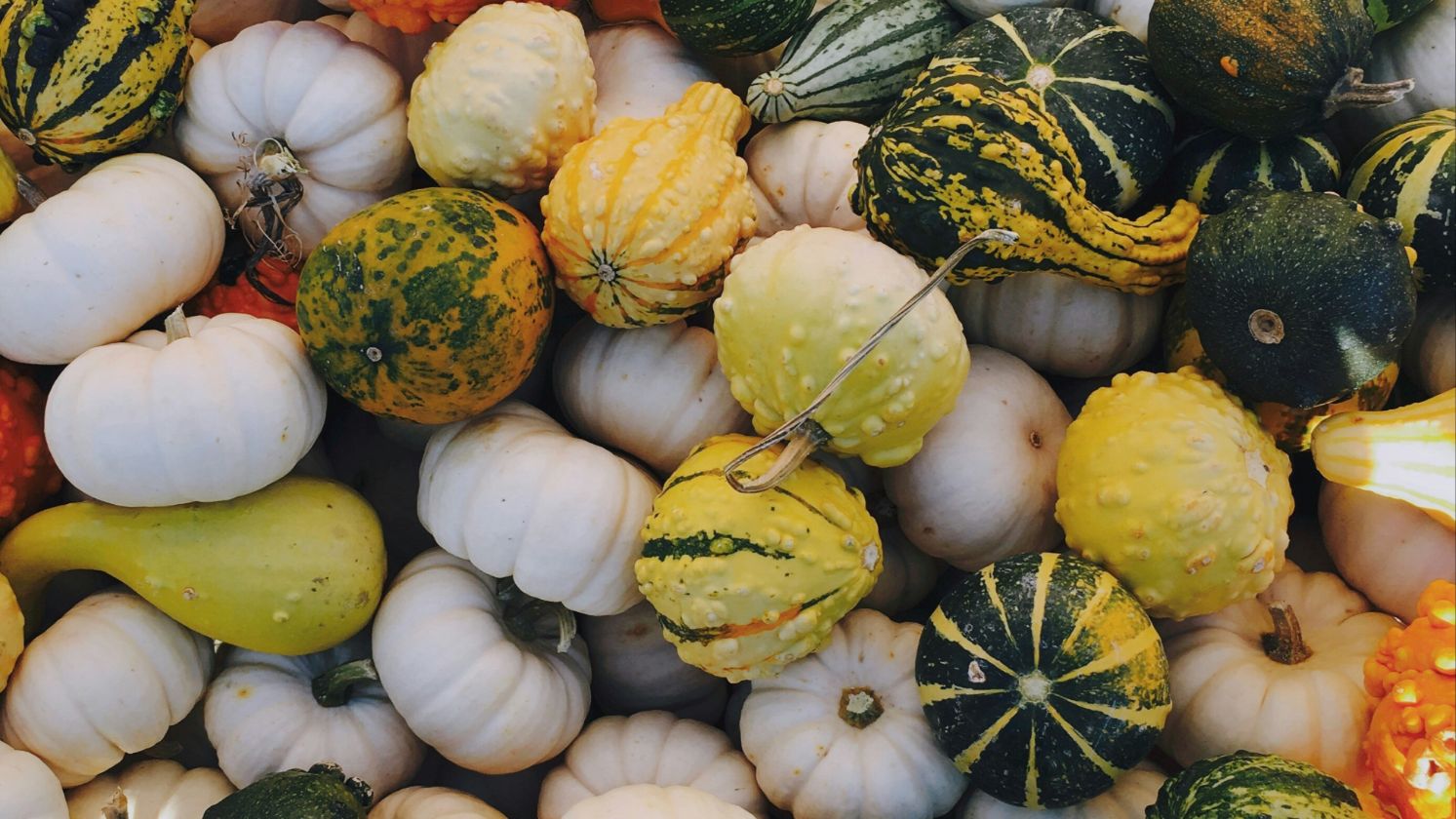A Guide To The Stars And The Duds Of The Spice Rack
Every kitchen has the dusty jars, the unopened tins, and the so-called essential blends bought on a whim. Spices promise exotic flavors, secret techniques, and shortcuts to culinary brilliance. But here’s the truth: some of them don’t earn their shelf space. Others deserve twice as much attention and are neglected components of your cooking regimen. And sometimes, the difference between a praiseworthy meal and a meal that feels like cafeteria food is as simple as using the right jar at the right time. Here are ten that are overrated and ten that’ll brighten your meal every single time.
1. Dried Basil
Flat. Lifeless. Like lawn clippings in a jar. Fresh basil is a revelation—especially in a tomato sauce—but the dried version is a pale imitation of the real thing. You sprinkle it into sauce, expecting the lively aroma you’ve come to love, and all you get is the faint smell of an old pizzeria napkin.
2. Pre-Ground Black Pepper
It’s convenient, sure, but it pales in comparison to peppercorns cracked fresh from a grinder. Pre-ground pepper becomes stale within weeks, sometimes days, losing its bite and floral kick.
3. Pumpkin Spice Mix
The darling of autumn marketing, this mix is more sugar than spice and is quite honestly a misnomer. As far as ingredients go, it’s mostly cinnamon with a dusting of nutmeg and clove. Pumpkin pie is delicious, yes—because it’s actually made using pumpkin.
4. Celery Seed
You have to wonder why there’s a need for a spice that tastes like bitter, faintly metallic celery. It sneaks into coleslaw recipes, sometimes potato salad, but it rarely improves them. People keep it because a recipe once demanded it, then it languishes on the shelf because the recipes that call for it are few and far between.
5. Dried Parsley
This one’s a garnish masquerading as a spice. People sprinkle it over pasta to give the impression of effort, but the flavor contribution is basically zero. The jar is pure theater and better left on the grocery shelf than given free room and board in your pantry.
6. Lemon Pepper
Artificial and overpowering, most lemon pepper blends taste like sour dust with a chemical tang. Real lemon zest and cracked pepper will always beat it. Yet for some reason, lemon pepper still haunts pantry shelves like a relic of suburban chicken dinners.
7. Saffron
Yes, saffron is luxurious, expensive—famous even. But here’s the problem: it’s often treated like a magic fixer-upper when, in reality, most home cooks don’t prepare meals complex enough to warrant it. Without proper technique, you’re basically paying $20 to tint your rice yellow.
8. Caraway Seeds
Although beloved in rye bread, the use of these seeds outside of that purpose is unclear. They taste like a mix of anise and something medicinal and dominate rather than complement. And unless you bake loaves regularly, the jar of these seeds will outlive you.
9. Old Bay
If you’re a fan of shrimp boils, you already know all about Maryland’s pride. But let’s be honest: Old Bay is mostly salt with a little celery seed and paprika thrown in. It may be delicious, but it’s more of a seasoning blend than a spice. It’s often used lazily, sprinkled on everything to disguise a lack of culinary vision.
10. Garlic Powder
Before the protests begin—yes, garlic powder has its uses. It comes in handy in emergency cooking situations, dry rubs, and camping trips. The reality is that it lacks the punch of fresh garlic. We buy it because it’s cheap, not because it’s good.
Now here are ten that should have a place of prominence in every kitchen cabinet.
1. Smoked Paprika
This one rescues everything. Whether it’s a teaspoon in scrambled eggs, a sprinkle over roasted potatoes, or a pinch in chili sauce, paprika adds depth and a smoky warmth. It makes you feel like you’ve prepared your meal over a wood fire even when you’ve just microwaved leftovers.
 Photo By: Kaboompics.com on Pexels
Photo By: Kaboompics.com on Pexels
2. Cumin
Cumin is the backbone of Mexican, Indian, and Middle Eastern cuisine. When toasted, this spice smells like earth, heat, and history. Try frying the seeds in a little oil before adding them to a dish, and suddenly your meal will smell like something worth waiting for.
3. Cinnamon
True cinnamon has a subtle sweetness with almost floral notes and is nothing like the harsh stuff sold in most supermarkets. Whether on oatmeal, in coffee, or even sprinkled on roasted squash, it transforms the dish. Every spice rack deserves the real deal, not just the red-labeled impostor.
4. Cardamom
A little goes a long way. When you crush the pods, you get this intoxicating mix of citrus and pine. Scandinavian buns use it, Indian chai relies on it, and even a plain rice pudding suddenly feels elegant with a touch of this powerhouse spice.
5. Coriander
It’s citrusy, slightly sweet, and a cousin to cumin but somewhat lighter in taste. Ground coriander in a curry brings brightness, while the seeds cracked over roasted carrots elevate the simple meal. It’s the kind of spice you forget about until you use it, and then you’re tempted to use it in everything.
6. Red Pepper Flakes
This classic is simple, cheap, and devastatingly effective. Toss them on pizza, sauté them in olive oil for a quick pasta sauce, add them to scrambled eggs. We promise you this will end up being the most reached-for container in the kitchen.
7. Turmeric
Yes, it stains everything yellow, including countertops and fingernails, but it’s worth it. With its warm, earthy, and slightly bitter taste, turmeric turns plain rice into golden rice, soups into something comforting, and livens curries.
8. Mustard Seeds
Pop them in hot oil and watch them dance in the bottom of the pan. That little crackle is pure joy. The flavor is sharp, nutty, and faintly sweet; it lifts curries, pickles, and dressings with ease.
9. Star Anise
They’re not only beautiful to look at but also deeply useful. One pod in a pot of broth adds a haunting sweetness. It’s the hidden note in pho, and the secret behind certain braises. Drop it in mulled wine, and winter feels instantly cozier.
10. Bay Leaves
Although dismissed by some as useless, try leaving them out of a soup or stew and see what happens. The flavor may be subtle, but its absence is unmistakable. Bay leaves layer in background complexity, that hard-to-pin-down savoriness that elevates a dish from middling to exceptional.
KEEP ON READING

20 Foods Served To Jail Inmates In The US


























